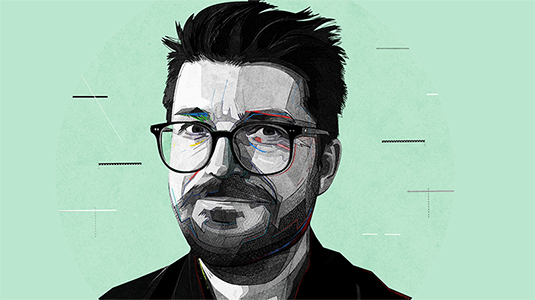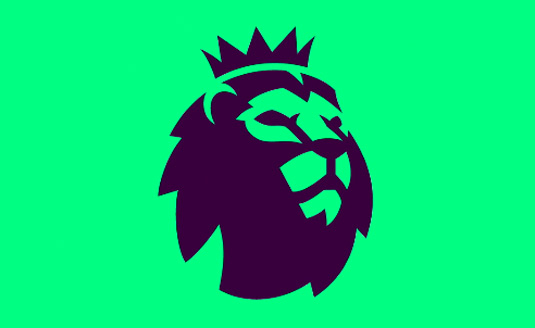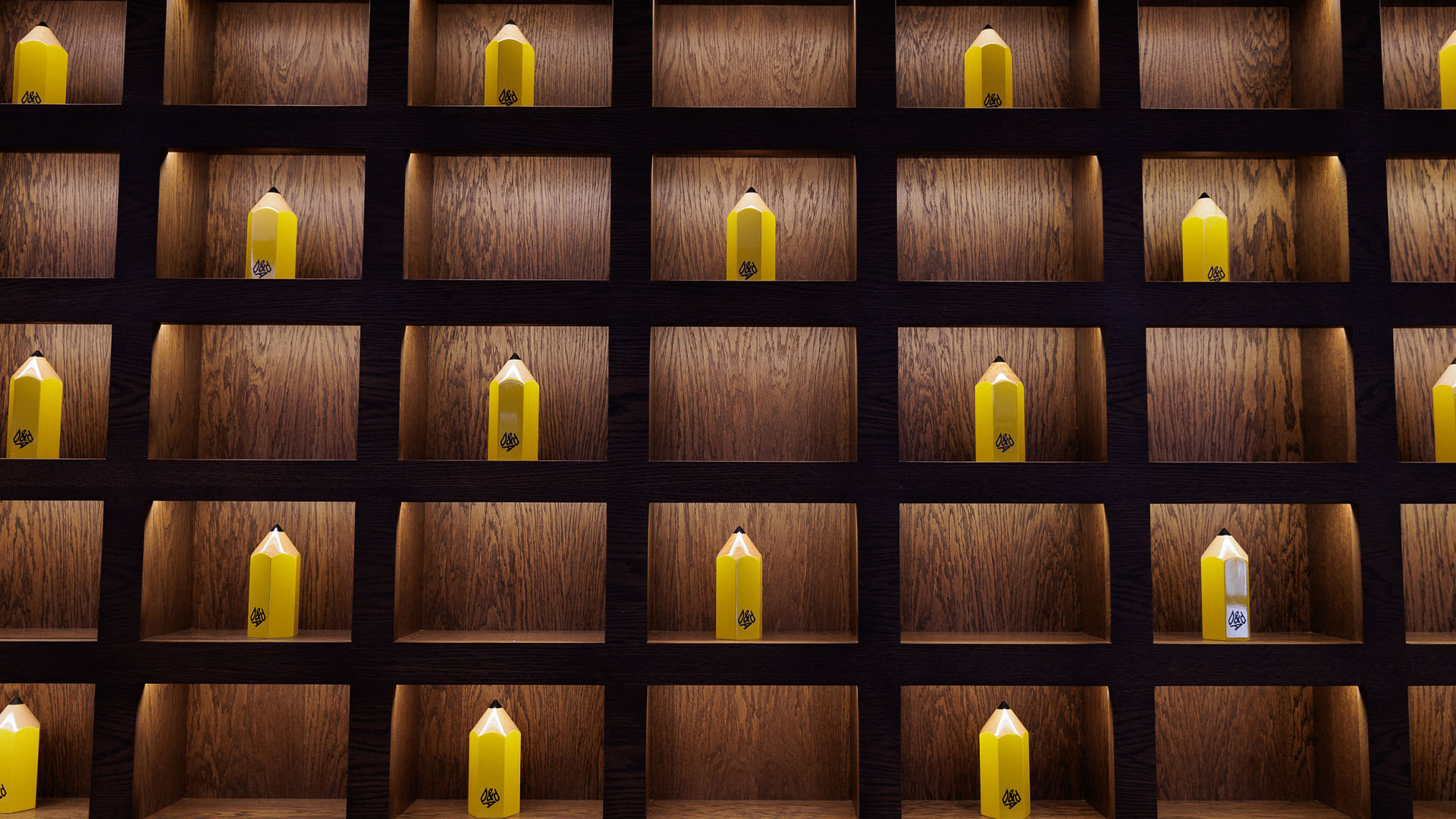How to navigate a brand backlash
Building global brands inevitably involves backlash. But what do you expect when you’re effectively trying to persuade people to change their baby’s name?

Branding is interesting because it’s complex. It’s complex because everyone at any company, from the creative director down, will have an opinion about the company they work in. It’s complex because branding remembers the past, and imagines the future. It’s complex because it crosses product, service, experience and innovation.
The best people that I’ve worked with tend to be extraordinarily athletic right-left brain thinkers. But branding is complex because brands are global, and globally we as human beings are varied and different. Speaking with Bruno Maag (of Dalton Maag), he highlighted some interesting statistics. Of the largest 20 cities around the world, only three are in North America and only one in Europe (Moscow, since you ask). This means the urban demographic of most brands are growing up in Shanghai, Karachi, Lagos. It means the average age of people living in cities isn’t the 45–49 that we see in Europe, it’s 25–29 in China and an astonishing 0–4 in India.
It’s also complex because of the physical and digital relationship that brands strive to construct. This complexity is amplified when brands such as Airbnb – a major rebrand for us at DesignStudio – promise you’ll ‘belong anywhere’, with very little control over where that might actually be.
This means building global brands will involve some form of backlash. Our recent launch of the Premier League underlines how complicated it can get. It started with a leak that some brand work was happening. The unfounded uproar (excuse the pun) that we had killed the lion was linked by certain tabloids and Twitter voices with the hunting fascination of a Minnesota dentist and the dispatching of Cecil.

Seeing this pre-emptive reaction to the new logo highlighted to us that backlash was inevitable. Because of the trademarking process, the leak meant that we had to share it early.
The work was judged at a surface level: “Do we like the new logo?” And this, of course, is an oversimplification of a complicated problem. People backlash against a ‘brand’ by judging a ‘logo’.
So in a complex world, it’s really important you explain why you’ve done what you’ve done. It’s really important that both agency and client are committed and focused on the why and the what. People are resistant to change – just ask a friend if they’d mind you renaming their baby and see how you get on.
Get the Creative Bloq Newsletter
Daily design news, reviews, how-tos and more, as picked by the editors.
So let’s give brands time. Have a moratorium on knee-jerk reactions to logos on day one. Give space to critical discussion once a brand (the logo plus changes in product, service, experience) has rolled out. Tell human stories that make the complexity human, simple and delightful. Don’t judge the brand by what it looks like, but by what it does.
This article was originally published in Computer Arts magazine issue 255. Buy it here.

Thank you for reading 5 articles this month* Join now for unlimited access
Enjoy your first month for just £1 / $1 / €1
*Read 5 free articles per month without a subscription

Join now for unlimited access
Try first month for just £1 / $1 / €1
